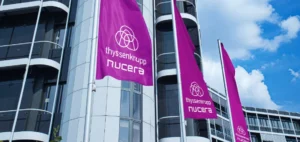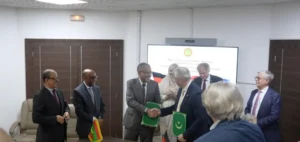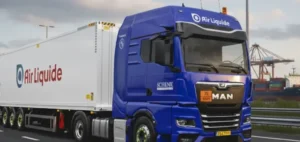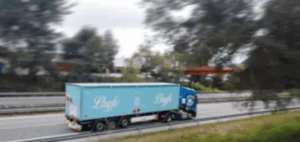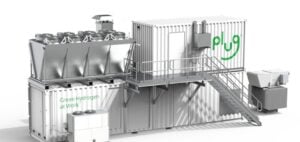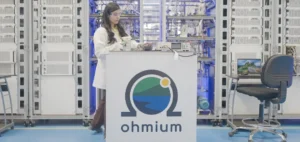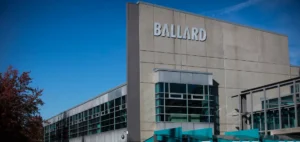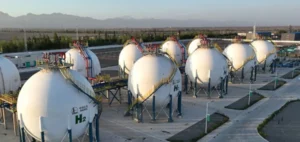Renewable hydrogen is gaining momentum. This is what the IEA says. This mainly concerns the electrolysis sector, with an increase in manufacturing capacity. Nevertheless, in its Global Hydrogen Review 2022, the IEA calls for increased political support to launch renewable hydrogen projects.
Fatih Birol, Director General of the IEA, says:
“There are growing signs that hydrogen will be an important part of the transition to an affordable, safe and clean energy system. […] Governments must now implement concrete policies to remove regulatory barriers and support projects.”
Increased demand for renewable hydrogen
By 2021, low-emission hydrogen production was less than 1 million tons. In fact, most hydrogen was produced from fossil fuels with plants using carbon capture facilities.
The IEA estimates that hydrogen demand could reach 115 million tons per year by 2030. It could even increase to 130 million tons per year if governments fully meet their current climate commitments.
Multiplication of delays
IEA notes that low-carbon hydrogen projects are on the rise. However, according to the agency, only 4% of projects were under construction or had made final investment decisions.
If all projects come to fruition, low-carbon hydrogen production could reach 16 to 24 million tons per year by 2030.
In addition, more than half of this capacity would come from electrolysis powered by renewable energy. This would imply about 134-240 GW of global electrolysis capacity, up from about 500 MW in 2021.
Peter Mackey, vice president of strategy and policy support for the Hydrogen Council, has identified a $460 billion gap in funding commitments to develop the hydrogen sector needed to meet climate goals. In particular, it found significant underinvestment in the transportation sector.
The need for political support
P. Mackey says the industry needs “demand visibility” from policymakers. This is, in fact, necessary to give them confidence for investment decisions.
According to the IEA, final investment decisions in Europe have been put on hold following the European Parliament’s vote to relax rules on criteria for renewable hydrogen projects. This is seen as a boost for the industry in the long run. However, in the short term, this creates uncertainty until the legislation is finalized.
In addition, the IEA states that governments could reduce the risks and increase the economic feasibility of low-carbon hydrogen projects. This would include creating demand through auctions, mandates and procurement.
Governments could also promote the establishment of common industry standards, regulations and certificates.




